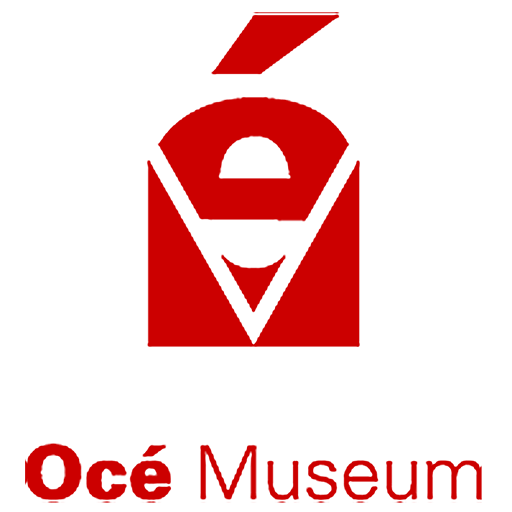New copy technologies
New copy technologies
After the Carlson patents that up to then hindered everyone on the basis of electrophotographic technology for copying on plain paper, expired, machines with similar copying technologies entered the office market.
These eliminated the major drawbacks of the diazotype, viz. that non-transparent originals and, moreover, two-sided originals, could not be copied. The copies could now also be printed on almost any material. Paper or other material coated with chemicals was no longer necessary. The new process had enormous opportunities in the office market, where the need for A4-size originals was almost endless. Océ also had to bring in these types of new technologies in order to gain a position in the office. After all, that was the only way to achieve extra growth with copy products. This development constantly forced the company to make fundamental choices in terms of technology, organizational design and market approach.
In the early years, the new copying technologies did not lend themselves to copying large formats. It did not yet threaten Océ’s position in the drawing room. On the contrary, Océ continued to develop new diazo products for the drawing room and in doing so miraculously succeeded in further improving diazo technology. The most important achievement in this area was the introduction of SDLO. SDLO extended Océ’s diazo business for many years. Océ had almost three-quarters of a century of profitable sales in the drawing room market with the original invention of Louis van der Grinten.
Here, the technologies that have formed the basis of Océ’s operations over time are subdivided into groups
- ‘Butter coloring’
- ‘Copying’
- ‘Printen’
- ‘Digital systems’.
